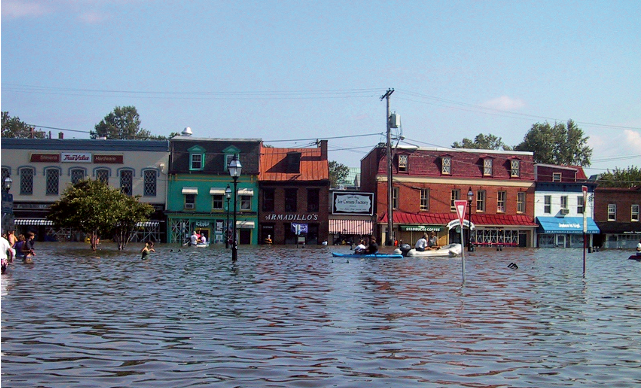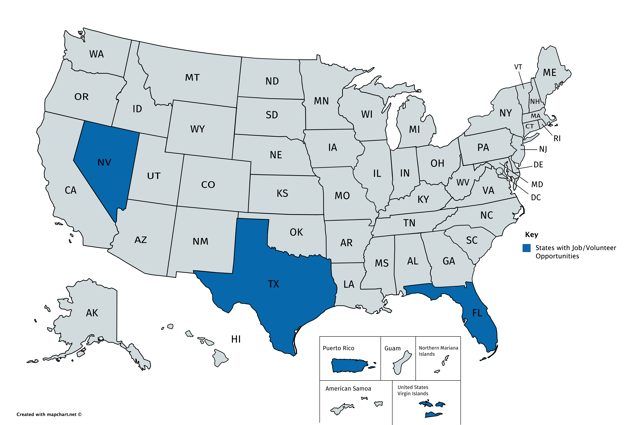This
Coffee Break Bulletin highlights Ready.gov�s Youth Emergency Preparedness
Curriculum, an educational program for teaching children how to prepare for
disasters and emergencies.
�
�
Emergencies
and disasters can happen at any time and often without any warning. Children
make up about 25 percent of our population so disaster planning, response and
recovery efforts must take into account their unique needs.
�
The
Federal Emergency Management Agency (FEMA) offers the free Youth
Emergency Preparedness Curriculum to help educators teach kids what to do
before, during and after an emergency. Created for grades one through 12, it
incorporates age-appropriate problem-solving, teamwork, creativity, leadership
and communication skills. Fire safety educators may also find some ideas to
enhance their safety lessons on disaster planning, response and recovery.
�
Each
age-specific section is divided into three lessons of inquiry-driven,
project-based, and learning activities aligned to core subject standards.
Students can check their emergency know-how with knowledge tests throughout the
lessons.
�
Grades
one and two
�
Students
learn about emergencies and how to prepare for them. From fire safety to natural
disasters, they will exercise their investigative, creative and communication
skills, working both individually and in teams.
�
The Youth Emergency Preparedness
Curriculum includes a lesson to show first and second graders how to make a home
fire escape plan.
Grades
three through five
�
�
Students
work individually and in teams to research emergencies that can impact their
local community and the nation. They will apply creativity and literacy skills
to demonstrate their understanding of emergency preparedness.
�
Grades
six through eight
�
Students
develop a graphic novel to show their understanding of emergency preparedness.
They�ll gain knowledge through research, games, simulations, discussions,
debates and other inquiry-driven activities.
�
Grades
nine through 12
�
Students
engage in discussions, multimedia research, surveys and interviews to develop
their own communication campaigns aimed at raising awareness and motivating
others to be prepared for emergencies.
�
Action
step for teaching kids about emergency preparedness
�
Students
are motivated to learn and understand more when they can connect a topic to
their lives. We encourage you to let teachers know this curriculum
is available at Ready.gov/kids and to use some of the activities yourself to
promote disaster preparedness. | 












